Grow Sunchokes at Home – ever heard of them? These knobbly, sunflower-like plants, also known as Jerusalem artichokes, are surprisingly easy to cultivate and offer a delicious, nutty flavor to your meals. Forget those perfectly manicured gardens; we’re talking about embracing the wild side of home gardening with a plant that practically thrives on neglect!
Sunchokes have a fascinating history, originating in North America where they were a staple food for indigenous peoples long before European colonization. They were later introduced to Europe, where they gained popularity for their unique taste and resilience. But beyond their historical significance, why should you consider growing sunchokes at home?
Well, imagine having a readily available source of healthy, delicious tubers right in your backyard! Sunchokes are packed with nutrients and can be used in everything from soups and salads to roasted vegetable medleys. Plus, they’re incredibly low-maintenance, making them perfect for beginner gardeners or anyone with a busy lifestyle. I’m going to show you how to easily grow sunchokes at home, even if you think you have a “brown thumb.” This DIY guide will provide you with simple tricks and hacks to ensure a bountiful harvest, transforming your garden into a sustainable and delicious resource. Let’s get digging!
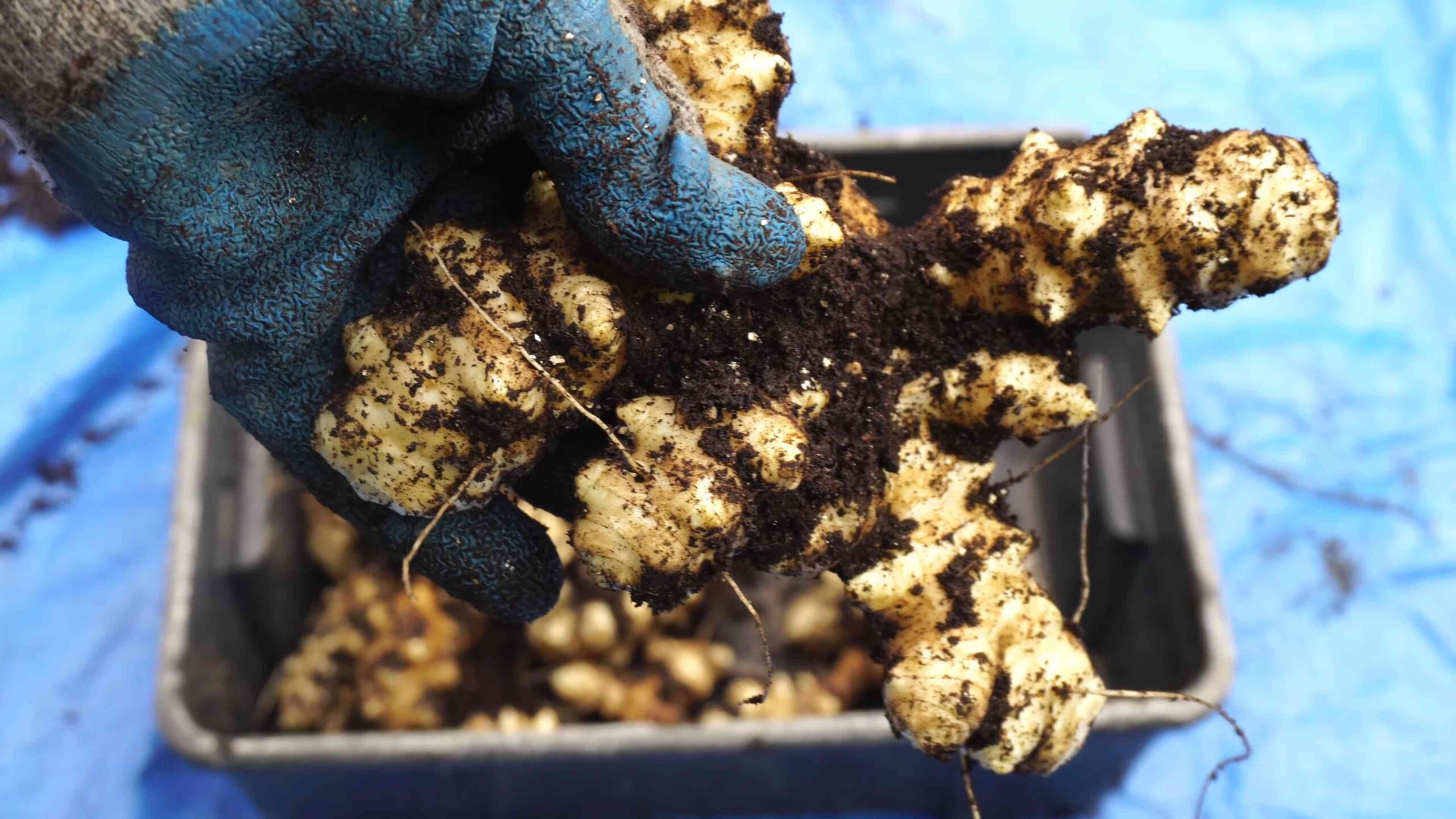
Growing Sunchokes: A Beginner’s Guide to Bountiful Harvests
Hey there, fellow gardening enthusiasts! Ever heard of sunchokes, also known as Jerusalem artichokes? These sunflower relatives are not only beautiful with their bright yellow blooms, but they also produce delicious, nutty-flavored tubers that are packed with nutrients. And the best part? They’re incredibly easy to grow! I’m going to walk you through everything you need to know to cultivate your own sunchoke patch right in your backyard. Get ready for a rewarding and surprisingly simple gardening adventure!
Understanding Sunchokes
Before we dive into the nitty-gritty, let’s get acquainted with our star plant. Sunchokes are native to North America and are incredibly hardy. They thrive in a variety of soil conditions and are relatively pest-free. The edible part is the tuber, which looks a bit like ginger root. You can roast them, boil them, mash them, or even eat them raw! They have a slightly sweet and earthy flavor that I personally find addictive.
Key Sunchoke Characteristics:
* Hardiness: Extremely hardy and can survive in USDA zones 3-9.
* Sunlight: Prefers full sun (at least 6 hours a day) but can tolerate partial shade.
* Soil: Adaptable to various soil types, but well-drained soil is ideal.
* Height: Can grow quite tall, reaching heights of 6-12 feet.
* Spread: Can spread aggressively, so containment is important.
* Harvest: Tubers are harvested in the fall after the foliage dies back.
Preparing for Planting
Okay, let’s get our hands dirty! The first step is preparing your garden bed. Sunchokes are vigorous growers, so choosing the right location is crucial.
Choosing the Right Location:
* Sunlight: As mentioned, full sun is best.
* Space: Give them plenty of room to grow. Remember, they can get tall and spread.
* Containment: This is super important! Sunchokes can be invasive. Consider planting them in a raised bed or using a barrier to prevent them from spreading. I learned this the hard way when they started popping up in my neighbor’s yard!
* Soil Drainage: While they’re adaptable, well-drained soil will prevent the tubers from rotting.
Soil Preparation:
1. Clear the Area: Remove any weeds, grass, or debris from the planting area.
2. Amend the Soil: Sunchokes aren’t too picky, but adding some compost or well-rotted manure will give them a boost. I like to work in a few inches of compost to improve drainage and fertility.
3. Loosen the Soil: Use a garden fork or tiller to loosen the soil to a depth of about 12 inches. This will make it easier for the tubers to grow.
Planting Sunchokes
Now for the fun part – planting! You can plant sunchokes in the spring (after the last frost) or in the fall. I prefer fall planting because it gives the tubers a head start before the growing season.
Planting Instructions:
1. Obtain Tubers: You can purchase sunchoke tubers from a garden center or online. Make sure they are firm and healthy-looking. You can also use tubers from a previous harvest.
2. Cut Tubers (Optional): If you have large tubers, you can cut them into smaller pieces, ensuring that each piece has at least one “eye” (bud). This will increase the number of plants you get.
3. Dig Holes: Dig holes that are about 4-6 inches deep and 12-18 inches apart.
4. Plant Tubers: Place the tubers in the holes with the “eyes” facing up.
5. Cover with Soil: Cover the tubers with soil and gently pat it down.
6. Water Thoroughly: Water the planting area well to help the tubers settle in.
Caring for Your Sunchokes
Once your sunchokes are planted, they don’t require a ton of maintenance. However, there are a few things you can do to ensure a healthy and abundant harvest.
Watering:
* Sunchokes are relatively drought-tolerant, but they will benefit from regular watering, especially during dry spells. Aim to keep the soil consistently moist but not waterlogged. I usually water them deeply once a week, or more often if the weather is hot and dry.
Fertilizing:
* Sunchokes don’t need a lot of fertilizer. In fact, too much fertilizer can lead to excessive foliage growth at the expense of tuber production. If your soil is poor, you can apply a balanced fertilizer in the spring. I prefer to use organic fertilizers like compost tea or fish emulsion.
Weeding:
* Keep the planting area free of weeds, especially when the sunchokes are young. Weeds can compete with the sunchokes for nutrients and water. Mulching around the plants can help suppress weeds.
Staking (Optional):
* Because sunchokes can grow quite tall, they may need staking, especially in windy areas. Staking will prevent the plants from falling over and potentially damaging the tubers. I use bamboo stakes and twine to support my sunchokes.
Controlling Spread:
* I can’t stress this enough – controlling the spread of sunchokes is crucial! Here are a few methods you can use:
* Raised Beds: Planting in raised beds is a great way to contain the plants.
* Barriers: Install a physical barrier around the planting area. The barrier should be at least 12 inches deep to prevent the tubers from spreading underground.
* Careful Harvesting: Be diligent when harvesting to remove all the tubers from the soil. Any tubers left behind will sprout and grow into new plants.
Harvesting Sunchokes
The moment we’ve all been waiting for – harvest time! Sunchokes are typically harvested in the fall, after the foliage has died back. This is when the tubers are at their peak flavor and size.
Harvesting Instructions:
1. Cut Back Foliage: Once the foliage has turned brown and died back, cut it down to the ground.
2. Dig Up Tubers: Use a garden fork or shovel to carefully dig up the tubers. Be gentle to avoid damaging them.
3. Clean Tubers: Brush off any excess soil from the tubers.
4. Store Tubers: Store the tubers in a cool, dark, and humid place, like a root cellar or refrigerator. They will keep for several months. I like to store mine in a plastic bag with some damp paper towels to prevent them from drying out.
Tips for Harvesting:
* Leave Some Tubers: If you want to grow sunchokes again next year, leave a few tubers in the ground. They will sprout and grow into new plants in the spring.
* Harvest After a Frost: Some people believe that harvesting sunchokes after a frost improves their flavor. I’ve tried it both ways and haven’t noticed a huge difference, but it’s worth a try!
* Successive Harvesting: You can harvest sunchokes throughout the winter as long as the ground isn’t frozen solid.
Using Sunchokes in the Kitchen
Now that you have a bountiful harvest of sunchokes, it’s time to get creative in the kitchen! Sunchokes are incredibly versatile and can be used in a variety of dishes.
Cooking Methods:
* Roasting: Roasting sunchokes brings out their nutty flavor and creates a slightly crispy texture. Simply toss them with olive oil, salt, and pepper, and roast them in a 400°F oven for about 20-30 minutes.
* Boiling: Boiling sunchokes makes them tender and creamy. You can boil them whole or cut them into smaller pieces.
* Mashing: Mashed sunchokes are a delicious and healthy alternative to mashed potatoes. Simply boil them until tender, then mash them with butter, milk, and seasonings.
* Raw: Sunchokes can also be eaten raw. They have a crisp texture and a slightly sweet flavor. You can slice them thinly and add them to salads or use them as a crudité.
* Soups and Stews: Add chopped sunchokes to soups and stews for a boost of flavor and nutrients.
Recipe Ideas:
* Sunchoke Soup: A creamy and comforting soup made with sunchokes, onions, garlic, and vegetable broth.
* Roasted Sunchokes with Herbs: Roasted sunchokes tossed with fresh herbs like rosemary, thyme, and sage.
* Sunchoke and Potato Gratin: A decadent gratin made with layers of sunchokes, potatoes, cream, and cheese
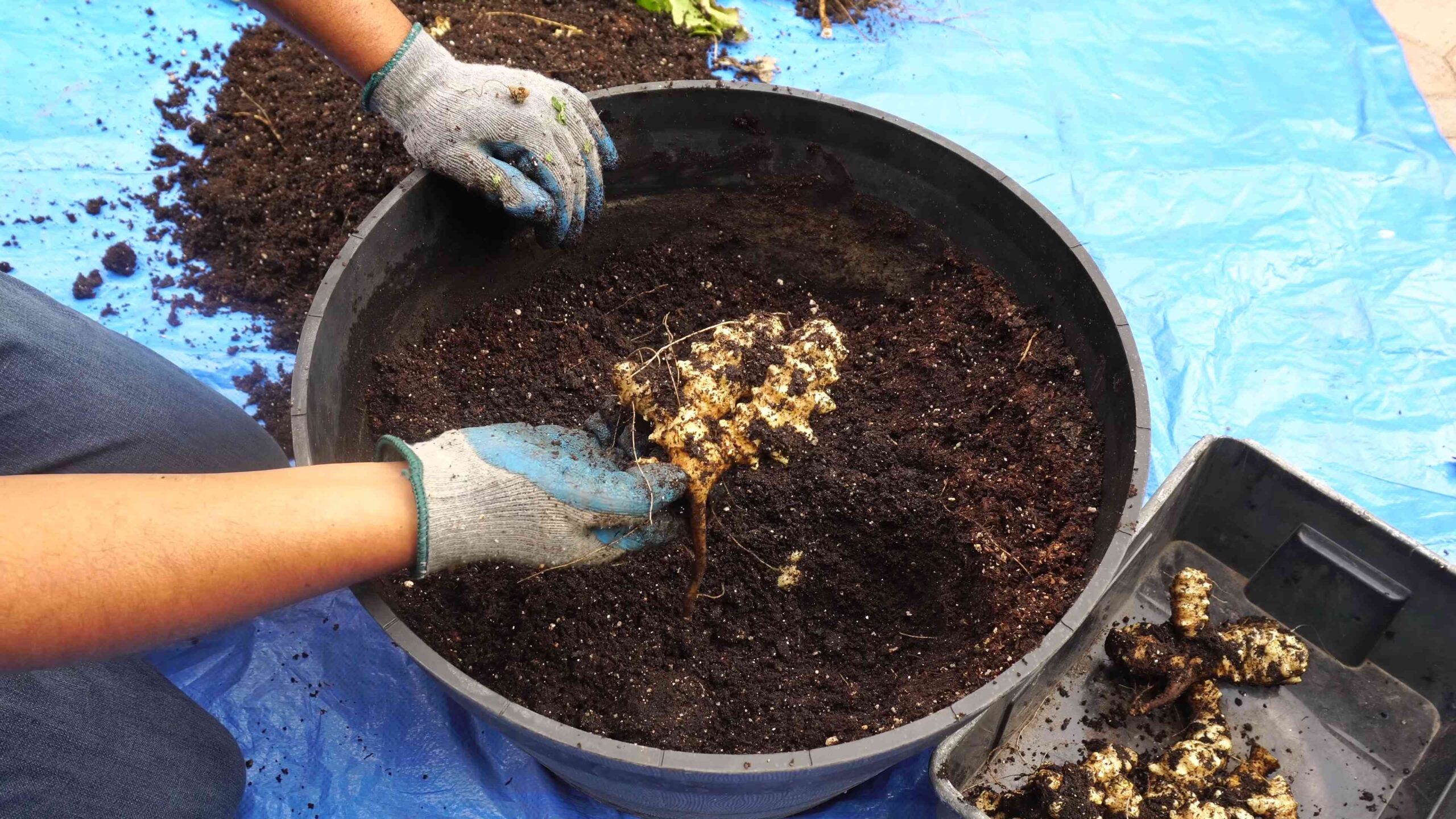
Conclusion
So, there you have it! Growing sunchokes at home is not only surprisingly easy, but it’s also incredibly rewarding. You’re not just cultivating a delicious and versatile food source; you’re also contributing to a more sustainable lifestyle and gaining a deeper connection to the natural world. Forget those bland, store-bought vegetables – imagine the satisfaction of harvesting your own, knowing exactly where they came from and how they were grown.
This DIY project is a must-try for several reasons. First, the taste of homegrown sunchokes is simply unparalleled. They possess a unique, nutty sweetness that you won’t find in commercially grown varieties. Second, you’ll be amazed at how prolific these plants are. A small initial investment in a few tubers can yield a substantial harvest, providing you with a steady supply of these nutritious vegetables throughout the fall and winter. Third, sunchokes are incredibly low-maintenance. Once established, they practically take care of themselves, requiring minimal watering or fertilization. This makes them an ideal crop for beginner gardeners or those with busy schedules.
But the benefits don’t stop there. Sunchokes are also a fantastic source of inulin, a prebiotic fiber that promotes gut health. They’re also packed with vitamins and minerals, making them a nutritious addition to any diet. Plus, the tall, sunflower-like plants add a touch of beauty to your garden, attracting pollinators and providing a natural screen.
Looking for variations? Consider planting different varieties of sunchokes to experiment with their unique flavors and textures. Some varieties are smoother and sweeter, while others are more knobby and earthy. You can also try growing sunchokes in containers if you have limited space. Just be sure to choose a large container with good drainage. Another fun variation is to let some of your sunchokes flower. The blooms are beautiful and attract beneficial insects.
Don’t be intimidated by the prospect of growing your own food. Sunchokes are one of the easiest and most forgiving crops you can grow. With a little bit of planning and effort, you can enjoy a bountiful harvest of these delicious and nutritious vegetables.
We wholeheartedly encourage you to give this DIY trick a try. You won’t be disappointed! And once you’ve experienced the joy of growing your own sunchokes, we’d love to hear about it. Share your experiences, tips, and photos in the comments below. Let’s build a community of sunchoke enthusiasts and inspire others to embrace the joys of homegrown food. Remember, the best way to learn is by doing, so get out there and start growing! Discover the joy of growing **sunchokes at home** and taste the difference for yourself.
Frequently Asked Questions (FAQ)
What are sunchokes, and what do they taste like?
Sunchokes, also known as Jerusalem artichokes, are the edible tubers of a sunflower-like plant. Despite the name, they have no relation to artichokes or Jerusalem. They have a crisp, nutty flavor that is often compared to artichokes, water chestnuts, or sunflower seeds. The taste can vary slightly depending on the variety and how they are cooked. Some people find them slightly sweet, while others detect a more earthy flavor.
When is the best time to plant sunchokes?
The best time to plant sunchokes is in the early spring, after the last frost, or in the late fall, before the ground freezes. Fall planting allows the tubers to overwinter and get a head start in the spring. Spring planting is also effective, but you may need to water more frequently during the warmer months.
Where is the best place to plant sunchokes?
Sunchokes thrive in full sun, but they can also tolerate partial shade. They prefer well-drained soil that is rich in organic matter. Choose a location where they have plenty of room to grow, as they can reach heights of 6 to 10 feet. Be mindful that they can spread aggressively, so consider planting them in a contained area or monitoring their growth closely.
How do I plant sunchokes?
Plant sunchoke tubers about 4 to 6 inches deep and 12 to 18 inches apart. You can plant them whole or cut them into smaller pieces, ensuring that each piece has at least one “eye” or bud. Cover the tubers with soil and water thoroughly.
How much water do sunchokes need?
Sunchokes are relatively drought-tolerant, but they will produce a better yield if they receive regular watering, especially during dry periods. Water deeply when the soil feels dry to the touch. Avoid overwatering, as this can lead to tuber rot.
Do sunchokes need fertilizer?
Sunchokes are not heavy feeders, but they will benefit from a boost of nutrients. Amend the soil with compost or well-rotted manure before planting. You can also side-dress the plants with a balanced fertilizer during the growing season.
How do I harvest sunchokes?
Sunchokes are typically harvested in the fall, after the plants have died back. You can dig them up with a garden fork or shovel. Be sure to dig deep, as the tubers can grow quite far from the main plant. You can also leave some tubers in the ground to overwinter and harvest them in the spring.
How do I store sunchokes?
Sunchokes can be stored in a cool, dark, and humid place, such as a root cellar or refrigerator. Wrap them in a damp cloth or store them in a perforated plastic bag to prevent them from drying out. They can also be frozen after being peeled and blanched.
Are sunchokes invasive?
Sunchokes can be quite aggressive and spread rapidly if not managed properly. They spread through their tubers, which can easily sprout new plants. To control their spread, consider planting them in a contained area, such as a raised bed or large container. You can also regularly dig up and remove any unwanted tubers.
Can I eat sunchoke leaves and stems?
While the tubers are the primary edible part of the sunchoke plant, the young leaves and stems are also edible, though less commonly consumed. They can be cooked like spinach or other leafy greens. However, be aware that they may have a slightly bitter taste.
Why do sunchokes sometimes cause gas?
Sunchokes contain inulin, a type of fiber that can be difficult for some people to digest. This can lead to gas and bloating. To minimize these effects, start by eating small amounts of sunchokes and gradually increase your intake. Cooking sunchokes can also help to break down the inulin and make them easier to digest.
Are there any pests or diseases that affect sunchokes?
Sunchokes are generally resistant to pests and diseases. However, they can be susceptible to aphids, slugs, and snails. These pests can be controlled with organic methods, such as hand-picking, introducing beneficial insects, or using diatomaceous earth.
Can I grow sunchokes in containers?
Yes, you can grow sunchokes in containers, but you will need to choose a large container with good drainage. A 15-gallon container or larger is recommended. Fill the container with a well-draining potting mix and plant the tubers as described above. Be sure to water regularly and fertilize as needed.
What are some ways to cook sunchokes?
Sunchokes can be eaten raw or cooked. They can be roasted, boiled, steamed, fried, or pureed. They can also be added to soups, stews, and salads. Some popular recipes include roasted sunchokes with herbs, sunchoke soup, and sunchoke chips. Their versatility makes them a welcome addition to many dishes.


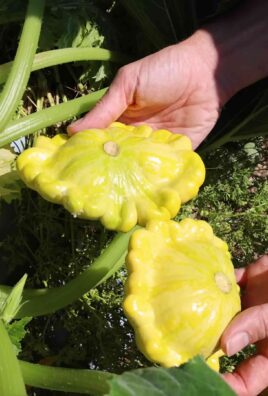
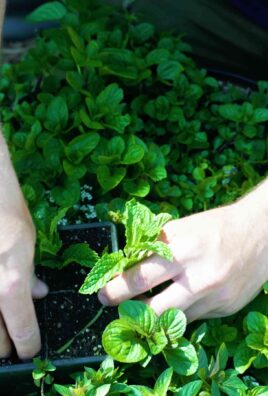
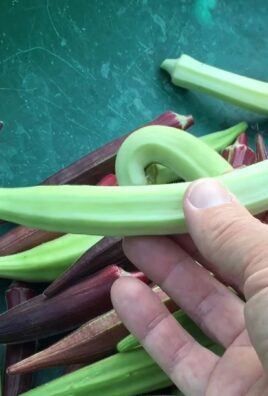
Leave a Comment